The Husband has had a thing for Switzerland for some time now. I think it’s the whole being a banker thing. Whatever it is, as the family “travel agent” I was on it. As he had no preference for where he wanted to go, I was all about finding some new wines to try. I’d heard a bit here and there about Swiss wines but didn’t know a lot and certainly hadn’t tasted one. I found out later that the Swiss only export about 2% of their wine which is why most of us have never had one. I knew we would be traveling from Paris (you did read all about the fun in Champagne and the wine at The Eiffel Tower, right?), so I had to keep in mind what made sense logistically.
Doing a bit of research, I was able to find out a bit more about the Swiss wine industry. Wine was initially brought to the Geneva area by the Romans. There are six primary regions that produce wine – Geneva, German Swiss, Ticino, Three Lakes, Valais, and Vaud – and most of these regions have sub-regions. The main grapes produced are Chesselas and Müller-Thurgau, which are white varieties and Merlot, Gamay, and Blauburgunder which are red. Chesselas, which is an indigenous variety, is the most widely produced white while Blauburgunder, also known as Pinot Noir is the dominant red variety. Given that the country is surrounded by France, Germany, and Italy, the wines themselves take on some of the characteristics of the wines from those countries. Once upon a time, more white wine was produced in Switzerland, but today red wine production exceeds white. To find out more about the wines and the regions, visit the folks at Swiss Wine.
As someone who leans a little red, I’ll admit that when I saw that the red grape varieties dominate in the German Swiss region, I sorta chose my spot in Switzerland based on this. And when I saw that Blauburgunder/Pinot Noir is the most planted variety in the region, it became a no-brainer. Always chasing the wine.
The German Swiss region is so named as most of the eighteen sub-regions are in the German-speaking part of the country. Those sub-regions fall within three discrete areas – one of which is the eastern part of the country near the German border and includes the cantons of Graubünden and St. Gallen. So off to the Graubünden we went. Graubünden is located in the Rhine River Valley and is breathtaking.
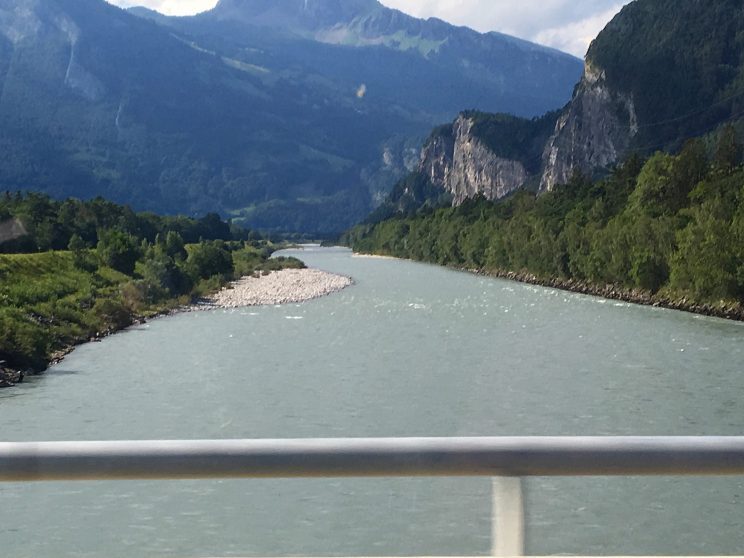
It’s wine has been compared to that of Burgundy and actually sits on the same parallel as the French region – but just significantly above sea level. All of the grapes are grown on slopes and actually cannot be grown on flat land. Due to the higher elevations and cooler temperatures, harvest usually occurs in October.
We based ourselves in Zurich and really enjoyed the city.
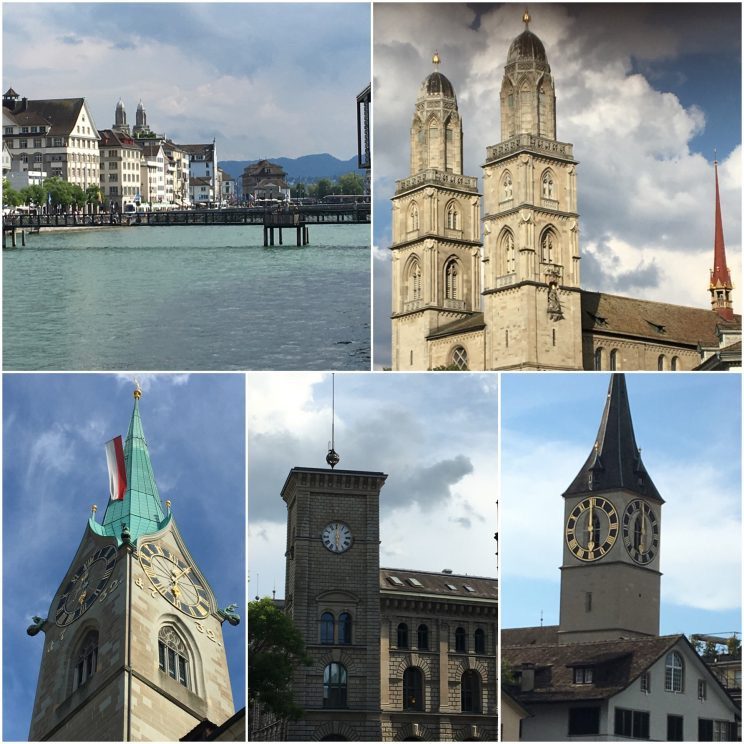
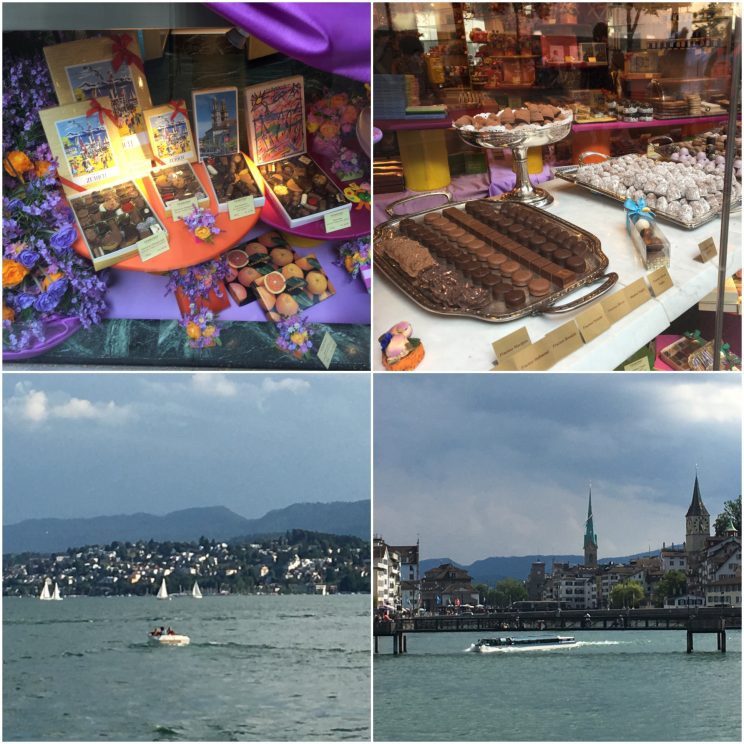
Dining in Zurich also allowed us an opportunity to get introduced to some Swiss wines. And there were always several from which to choose which was really nice.
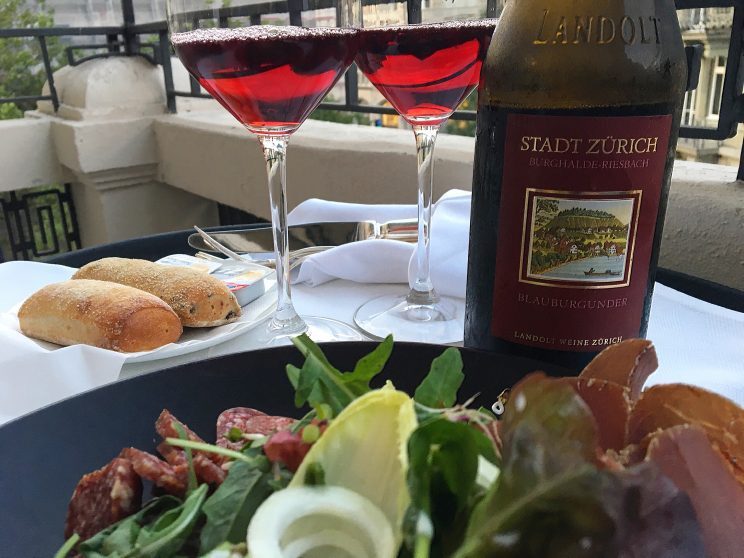
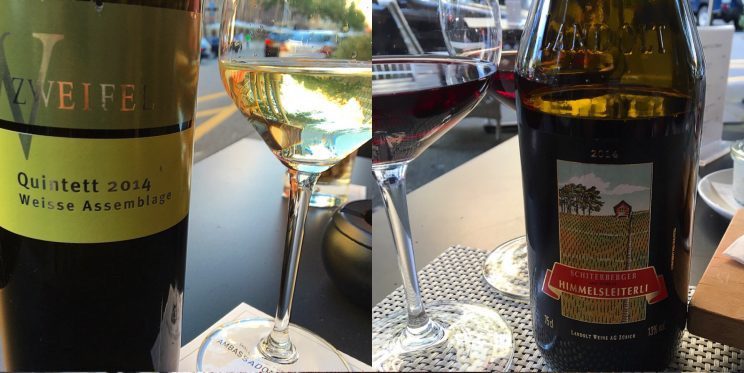
We also visited Lucerne which was stunning. It was right out of a fairy tale. You can’t get that close to Zurich and not visit Lucerne.
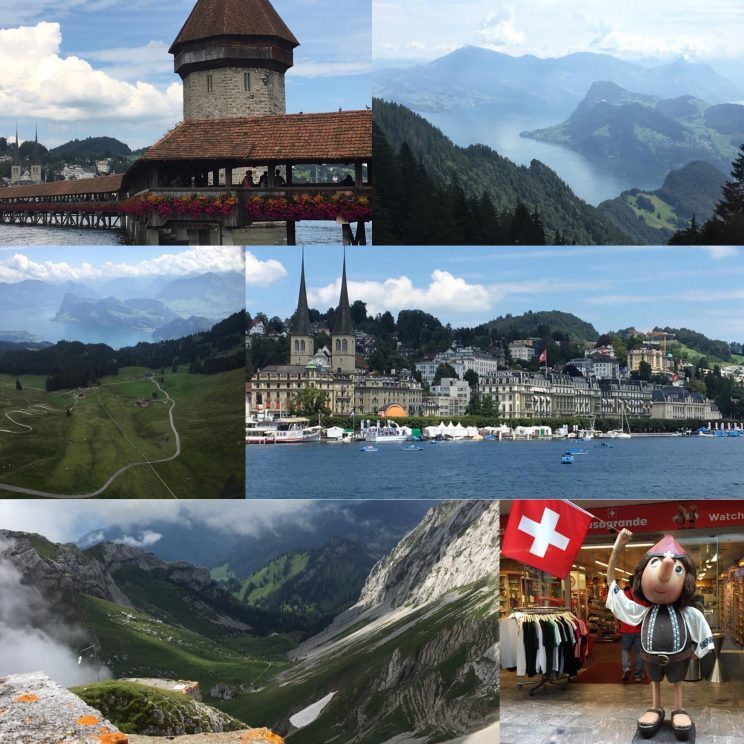
But then it was time to get down to wine business. I’d contacted the folks at Wine Tours Switzerland after seeing their information on Instagram. I use the term “folks” loosely as it was one guy – Gian Carlo Casparis – and his company. He is very well connected with the local wine trade and is essentially the only outfit in town. We ultimately decided on a half-day tour and made the one hour train journey from Zurich to Sargans where we met up with Gian Carlo. Like everything else in Switzerland, it was pricey. I’m pretty sure this was the most expensive wine tour I’d ever been on. But I have to say that I do not recall a time when I learned so much.
We started out by visiting a few of the villages including Malans, Maienfeld (home to storybook character Heidi), and Selfiwig (which has a hotel where you can actually sleep in a wine barrel) and learning about the history of Swiss wine production. We also got the opportunity to walk through the vineyards.
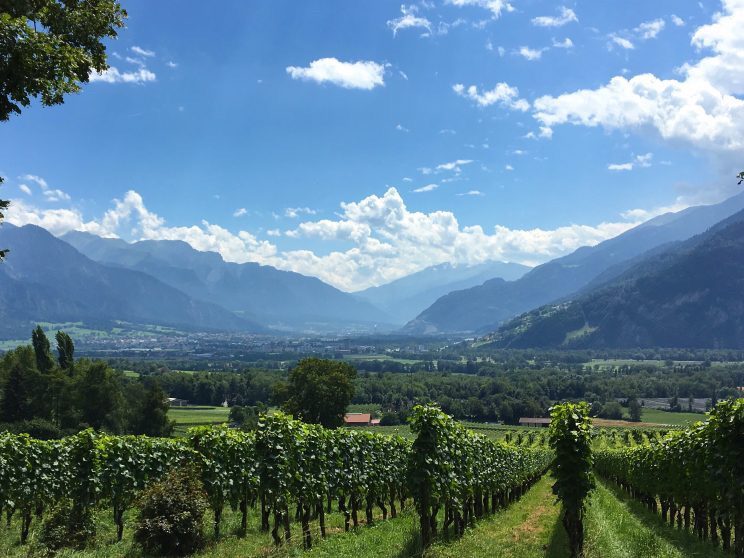
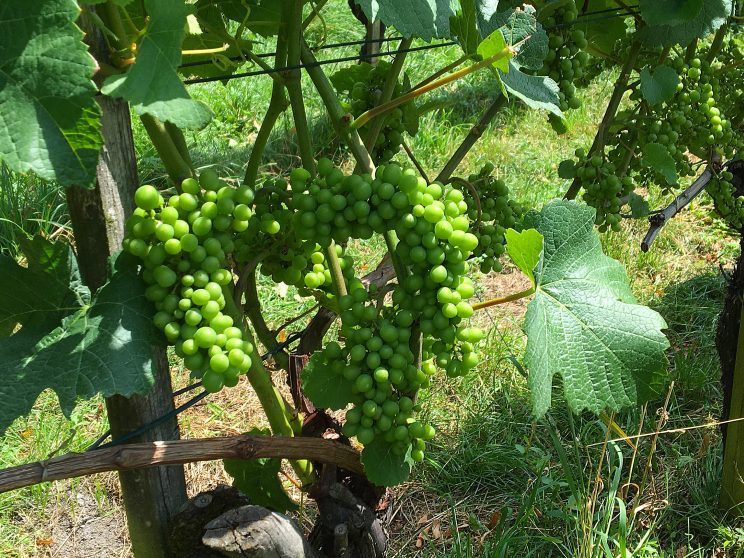
It’s one thing to read about the parts of a grapevine, and what the grapes do at various stages, etc., but it’s yet another thing to see these things up close and personal. Not to mention that the scenery was beautiful! Stunning really.
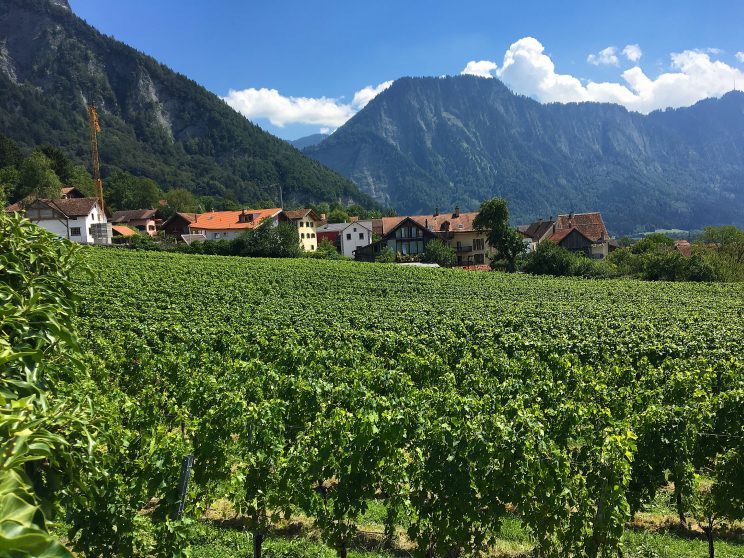
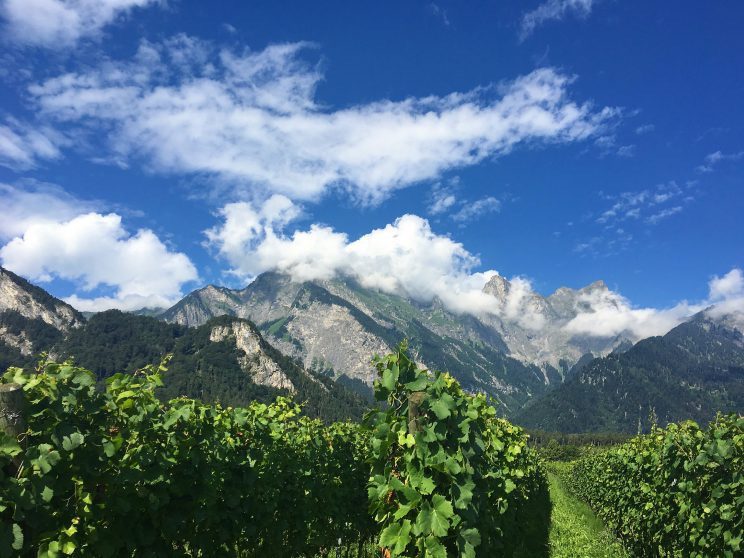
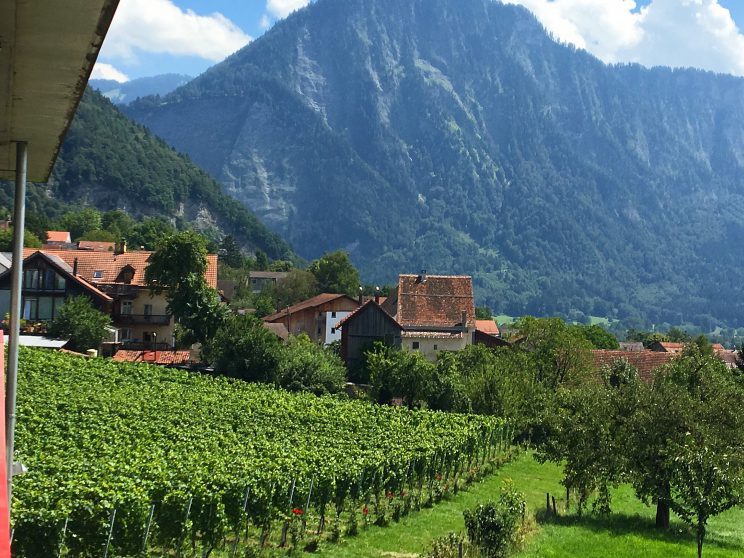
After touring the villages and the vineyards, we arrived at the Davaz Winery.
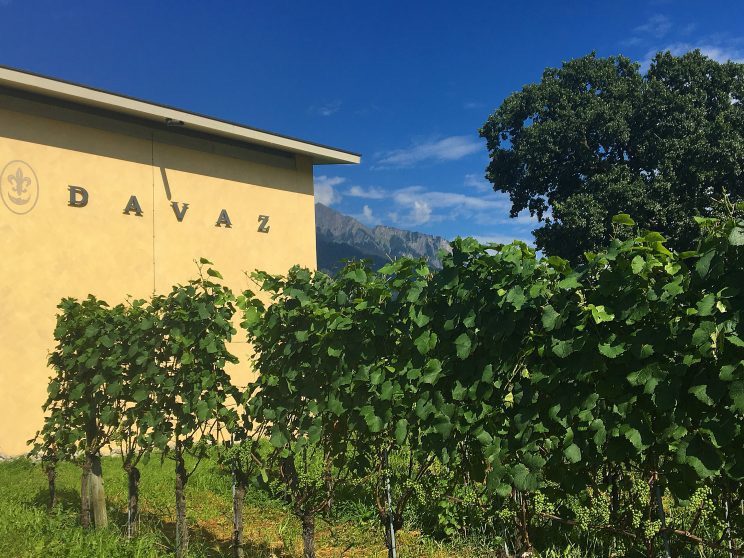
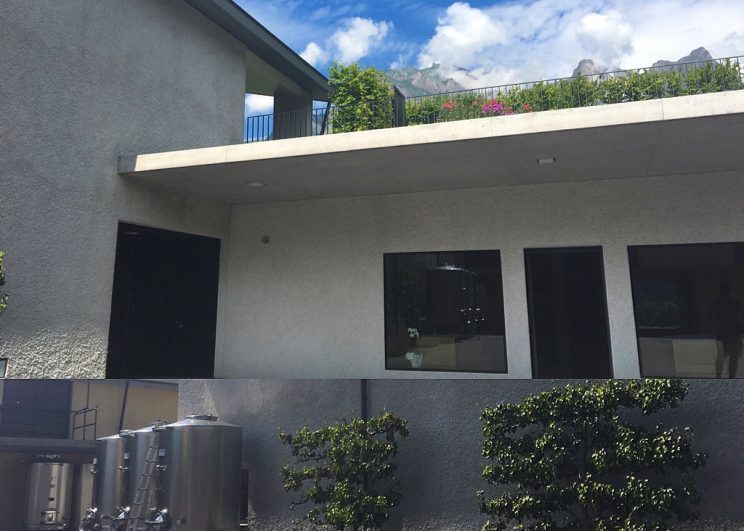
We had an extensive tour of the facilities and barrel rooms. And again, I learned so much!
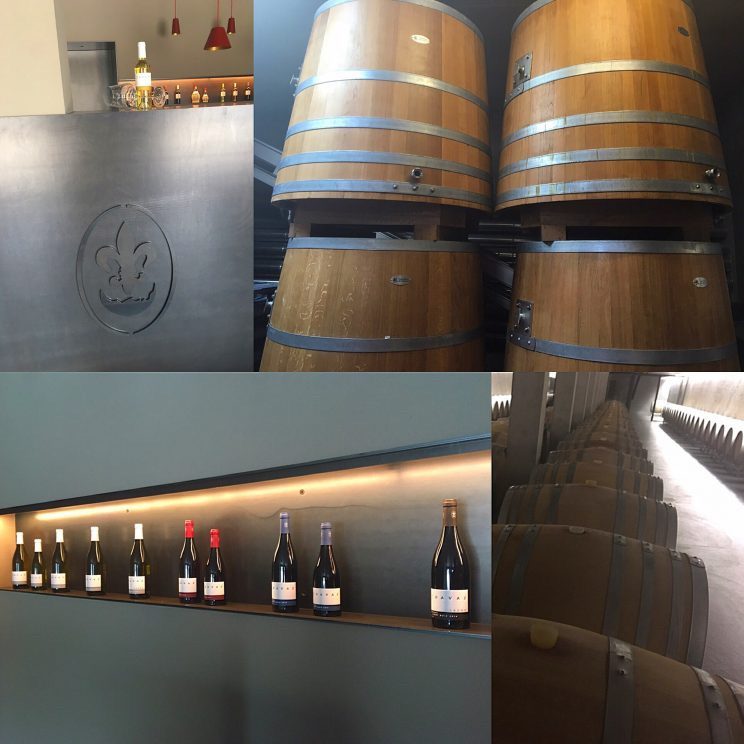
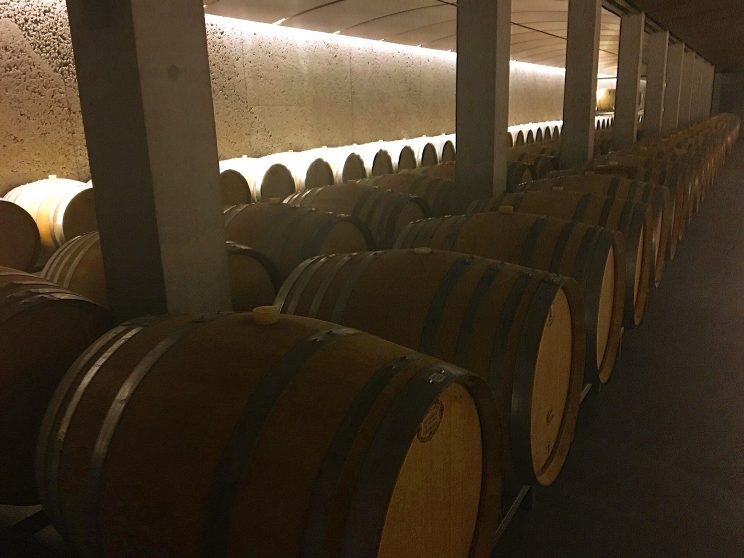
Then finally, it was time to taste the wines. First up was the Riesling-Sylvaner, which was actually made with the Müller-Thurgau grape. Müller-Thurgau is a white grape variety created in Switzerland by crossing Riseling and Madeleine Royale. This one was light and refreshing and would be great as an aperitif. Next was a Pinot Gris which was quite fragrant and seemed to have a hint of sweetness, though dry. The last white was a Sauvignon Blanc which had some beautiful crisp acidity. We also had some great nosh with which to pair the wines including a chutney made by Gian Carlo himself. Yum!
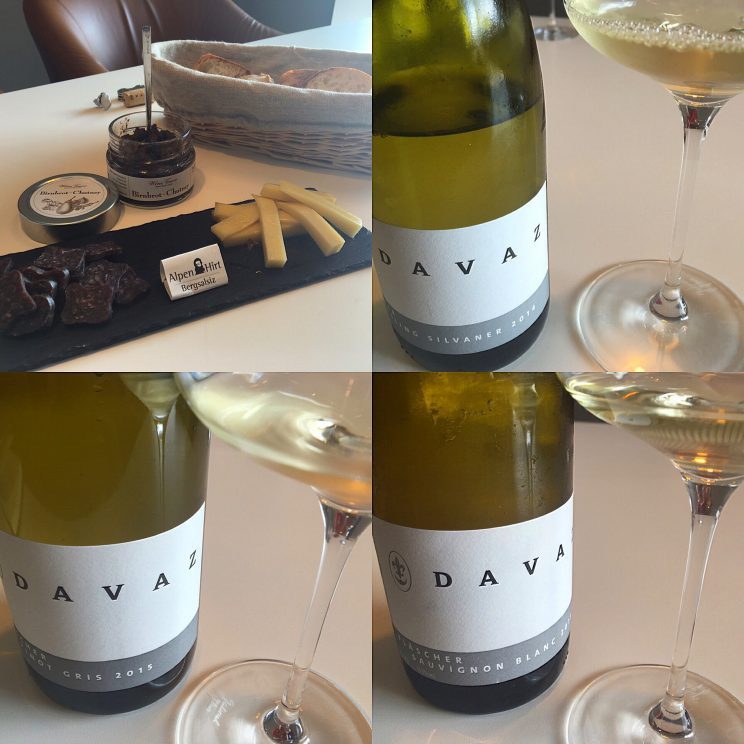
We also tasted three Pinots. The first Pinot was extremely light bodied and fruity. Gian Carlo explained that this wine saw no oak which explains why it was just so easy to slurp away. The second Pinot from the Grond region had a bit more structure as it had seen some new oak as well as used oak. Per Gian Carlo, it was likely possible that you could lay this wine down anywhere from 2 to 10 years. Aging wine is a bit of a new phenomenon in Switzerland so no one knows for sure. The final Pinot was the Uris, which is considered the flagship wine of the winery. This one was much denser and darker and saw even more new oak than the Grond. We completed our tasting with the Marc Barrique which was a very potent, high alcohol liquor. Not for the faint of heart.
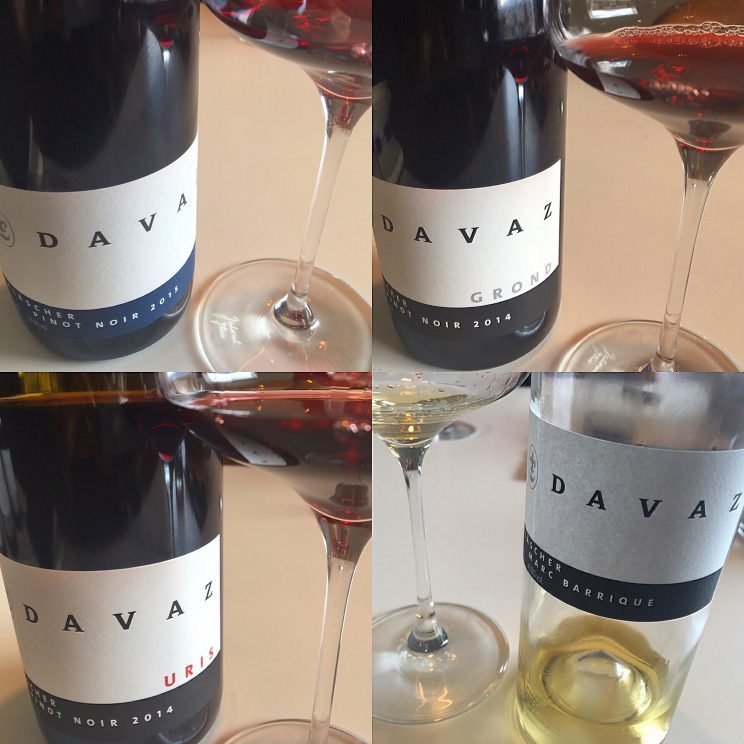
So what did we get? We got all of the Pinots (of course) as well as the Pinot Gris. And I’m just kicking myself for not booking the full day tour and getting to visit more wineries. But I guess we’ll save that for another trip.

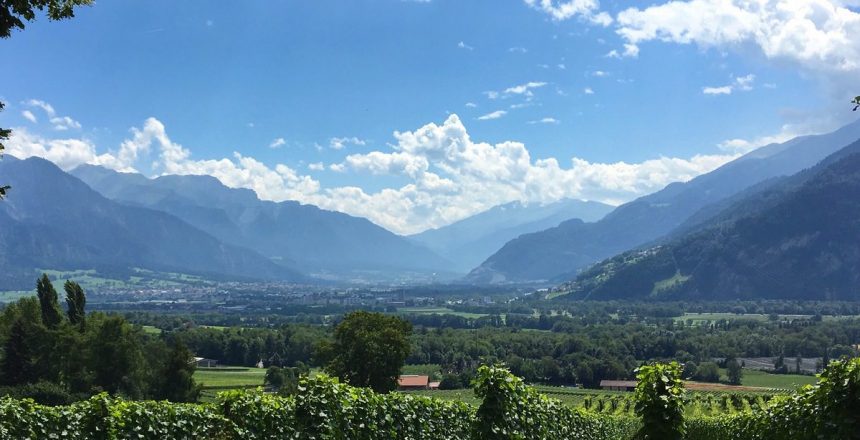
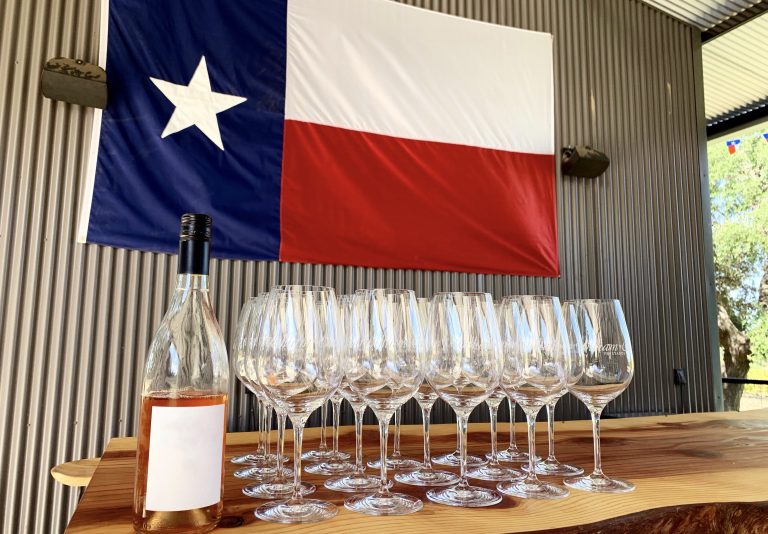

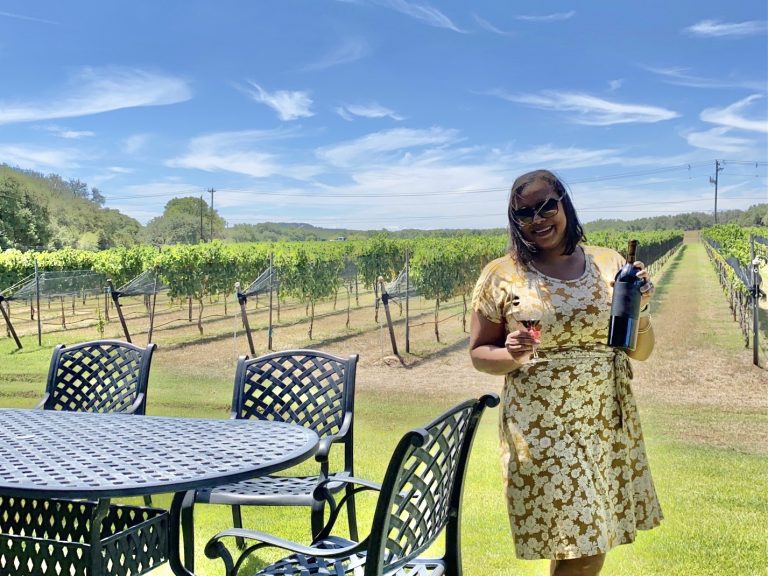

2 Comments
Michelle Williams
•8 years ago
Very interesting. I have a friend from Switzerland so I am aware of the high quality of wines there and also aware they export none to the US. Looks like a great trip!
Kat
•8 years ago
Michelle, it was a great trip. Just wish I’d devoted more time to the wine!